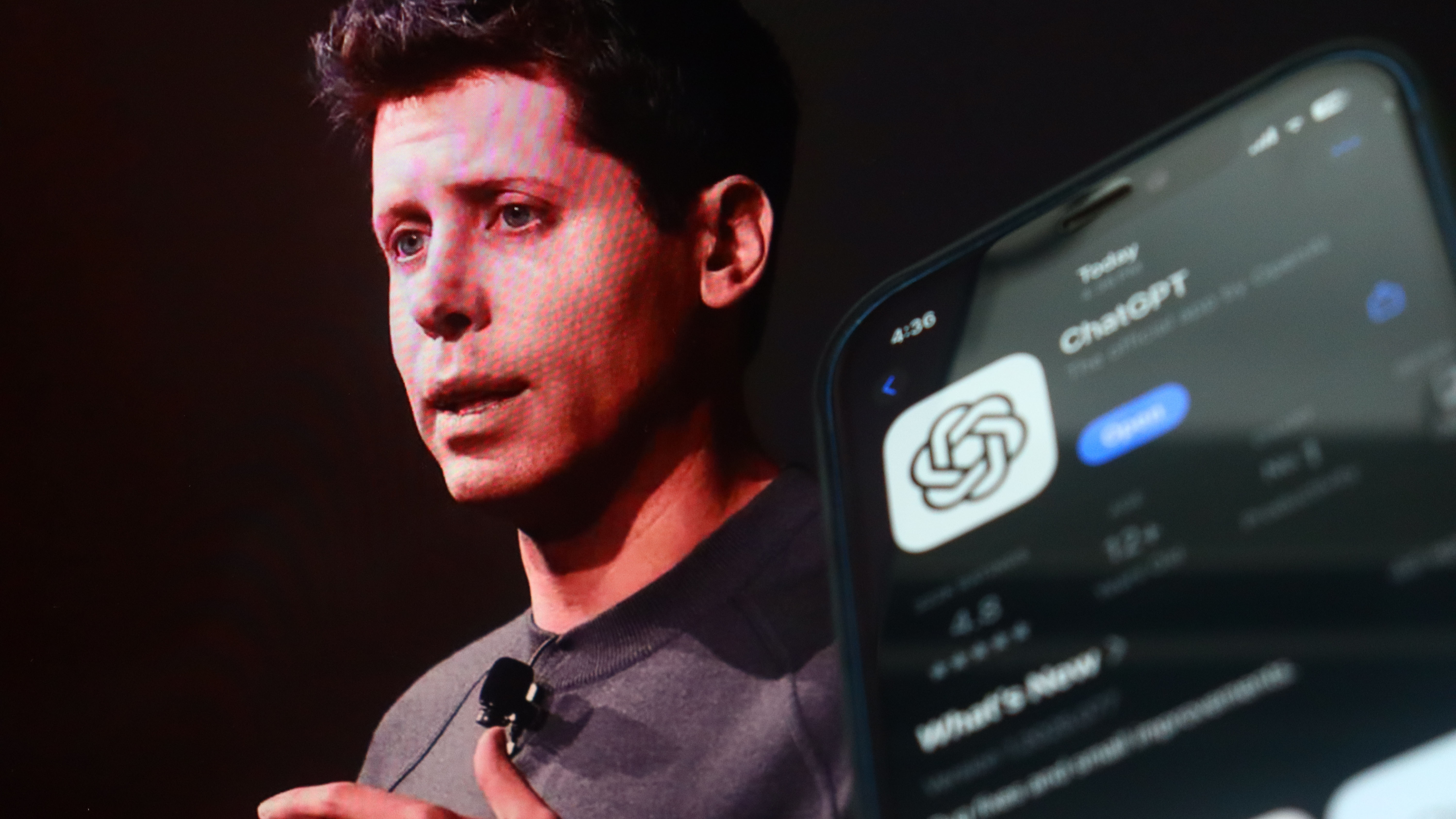Developer Offer
Try ImaginePro API with 50 Free Credits
Build and ship AI-powered visuals with Midjourney, Flux, and more — free credits refresh every month.
OpenAI Reveals Its Bold Roadmap for AI Researchers

OpenAI CEO Sam Altman has unveiled a bold new timeline for the future of artificial intelligence, suggesting a rapid evolution from the current state of chatbots to fully collaborative AI partners. The company aims to develop AI capable of acting as “research interns” within the next couple of years, with the goal of creating fully autonomous AI researchers by 2028.
This roadmap signals a significant shift in ambition, moving toward what Altman describes as a “personal AGI” future where AI doesn’t just answer our questions but actively helps us think and create.
OpenAI's Ambitious Timeline
During a recent livestream, Sam Altman addressed the question of when Artificial General Intelligence (AGI) might arrive. Instead of giving a single date, he outlined a gradual process with concrete internal goals. "Our goal is by March 2028 to have a true automated AI researcher," Altman stated, clarifying that the company is focused on defining and achieving this milestone rather than satisfying a universal definition of AGI.
This journey begins with a target for 2026: creating AI models that can function as research interns. By 2028, the goal is to have an AI that operates as a fully independent researcher. This demonstrates OpenAI's desire to build capabilities that extend far beyond the current functionality of tools like ChatGPT.
What Does an AI Research Intern Look Like?
The concept of an AI research intern, slated for 2026, represents the next logical step in AI assistance. Imagine an AI that can do more than just summarize information. You could ask it to read a complex scientific paper, compare its findings with existing literature, and highlight novel contributions or areas needing improvement. It could even help you grasp a technical concept and suggest valuable next steps for your own work.
While today's chatbots can perform some of these tasks with specific prompts, Altman’s vision is for an AI that begins to make these useful connections and decisions on its own. However, this future hinges on a critical challenge: eliminating AI hallucinations. For an AI intern to be truly effective, its output must be 100% reliable. If users constantly have to double-check the AI's work, it defeats the entire purpose of the tool.
The 2028 Vision: An AI Colleague
Altman’s 2028 target is even more transformative. He envisions an AI that doesn't just assist a human researcher but can act as one. This means an AI capable of independently designing hypotheses, running tests, and presenting its findings to a human collaborator. This model is less of a chatbot and more of an autonomous colleague.
This potential leap forward is both exciting and concerning. An autonomous AI researcher could revolutionize scientific discovery but also represents the kind of technology that could drastically overhaul the workforce. Given that AI excels at processing vast amounts of information, allowing it to design and run small experiments seems like a natural evolution of its capabilities.
The Hurdles of Accuracy and Safety
While OpenAI has a track record of hitting aggressive milestones, the path from today’s technology to a genuine research agent is incredibly steep. Beyond the technical challenges lie significant issues of safety, accuracy, and control.
Ultimately, the quality of the AI matters far more than the calendar date. An AI that confidently presents incorrect information is worse than useless—it's actively harmful. A truly advanced AI must be able to show its work, cite its sources, and, crucially, admit when it doesn't know something.
Whether or not these specific dates are met, the direction is clear. OpenAI and its competitors are already working to transform AI from a tool that responds to us into one that works alongside us.
Compare Plans & Pricing
Find the plan that matches your workload and unlock full access to ImaginePro.
| Plan | Price | Highlights |
|---|---|---|
| Standard | $8 / month |
|
| Premium | $20 / month |
|
Need custom terms? Talk to us to tailor credits, rate limits, or deployment options.
View All Pricing Details

